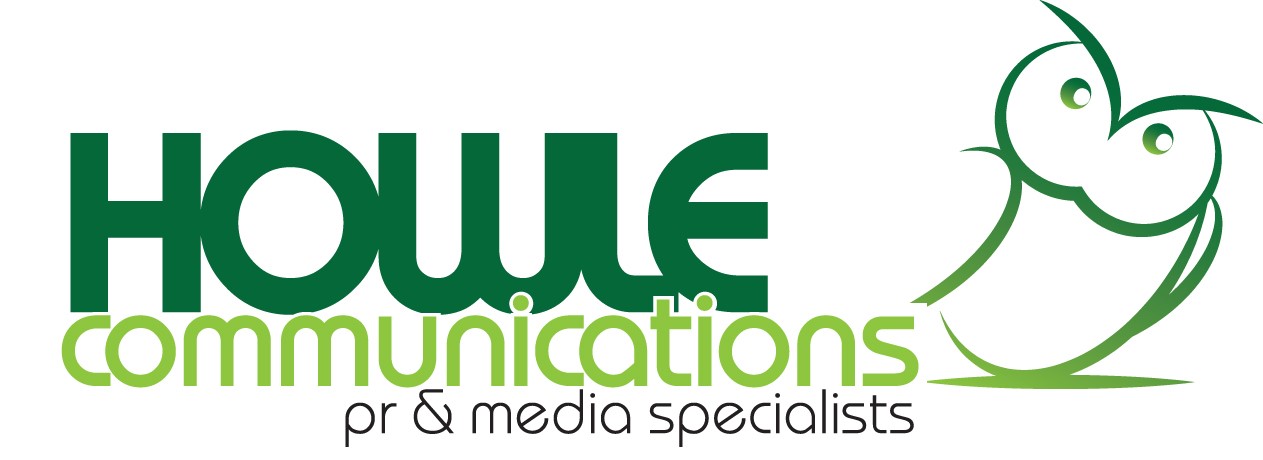Vet Martha Bower suffered almost 40 years of embarrassment and pain due to a severe varicose vein problem.
Now her problems are over thanks to revolutionary 90-minute laser treatment, that is recommended by NICE, but is unavailable on the NHS.
When Martha, aged 55, of Hollingworth, near Glossop, went to see Dr David West at his St John’s Street, Manchester clinic she had painful ulcers on one ankle and vein issues to both legs.
“It was one of the worst cases I had ever seen,” said pioneering laser surgeon Dr West. “I wanted to take action straight away and managed to arrange to treat Martha the very next day.”
Martha, a Glossop based vet, said she had suffered with a hereditary varicose vein problem from the age of 16. She first had treatment through the NHS at the age of 16 but by the time she was 26 Martha suffered sever ulceration on her left ankle.
“I have been receiving treatment in one form or another for just under 40 years,” said Martha. “In recent years I have been in constant pain, the NHS had said they wanted to perform vein stripping surgery but would not do so because my ulceration was so bad.
“Doctors have tried to ease the problem with compression bandages which had to be used for three months at a time and I have constantly had to wear surgical stockings.
“Laser treatment was never mentioned to me by the NHS and I had not considered it until my daughter read about Dr West’s work.
“The laser treatment has worked. The ulcerated area was uncomfortable for about two weeks but it has now completely healed – all I have is a slight discolouration.”
Martha added: “I recently attended my niece’s wedding reception and my nephew, who is 34, commented that he had never seen me in a dress before.
“I also now enjoy swimming which was almost impossible before as the chlorinated water caused a reaction and made my ulcers flare up.”
“My only regret is that this treatment wasn’t available 30 years ago. It can help many sufferers and the only alternative is to strip the veins which is a serious surgical operation and one that I could not have due to the severity of my problem.”
At one time, varicose vein treatment on the NHS was relatively common. But with 500,000 new people being diagnosed with varicose veins each year, and millions already needing treatment, the scale of the problem has reached crisis point.
Dr West pioneered “walk-in–walk-out” EVLA treatment in the UK while working in the NHS. He has since set up the Veincentre with clinics in London, Manchester, Bristol and North Staffordshire.
He said: “EVLA is now the leading solution for varicose veins and is recommended by NICE (the National Institute for Health and Clinical Excellence).”
“It does not require a general anaesthetic and patients can walk in to a clinic and walk out again with their treatment completed within 90 minutes.
“I was asked to comment on the draft NICE guidance earlier in the year. My major concern was the ability of the NHS to cope with this demand. Although not the role of NICE, I did recommend that some sort of objective scoring system like the Aberdeen Varicose Vein Score should be used to determine who should be referred for treatment. Sadly I see no mention of this in the final guidance.
“Each CCG (Clinical Commissioning Group) will have to decide whether to ignore or accept the guidance as it stands. This is a tipping point in the relationship between NICE and the NHS commissioners. As finances stand I see no chance that patients will get treatment for their varicose veins on the NHS.”
ENDS
For media enquiries please contact Nigel Howle on 07762 043436. Photos can be arranged on request.
NOTES TO EDITORS:
David West was one of the very first doctors in the UK to train in the EVLA technique learning from leading experts in the US including the pioneer of endovenous laser, Dr Robert Min, Interventional Radiologist at Cornell University, New York.
David has one of the largest personal experiences of this treatment in Europe. This experience and the recognition by his peers of his expertise in this field has led to him regularly being invited to lecture on the subject at national and international medical conferences. He has written several chapters on the management of venous insufficiency in major radiology textbooks and many articles in medical journals.
He has trained vascular specialists around the UK in EVLA and associated procedures. For the last two years he has been a faculty member of the prestigious ESIR (European School of Interventional Radiology) and the Venous Day of the Charing Cross Symposium teaching the EVLA techniques to doctors from Europe, the Middle East and Australia. He is a fellow of the Royal College of Radiologists (FRCR) and is a member of the British Society of Interventional Radiology (BSIR) and the Vascular Society.
In recognition of his work developing interventional radiology in Europe he has recently been elected a Fellow of the Cardiovascular and Interventional Radiology Society of Europe (CIRSE) and has been awarded the academic qualification of EBIR (European Board of Interventional Radiology).
